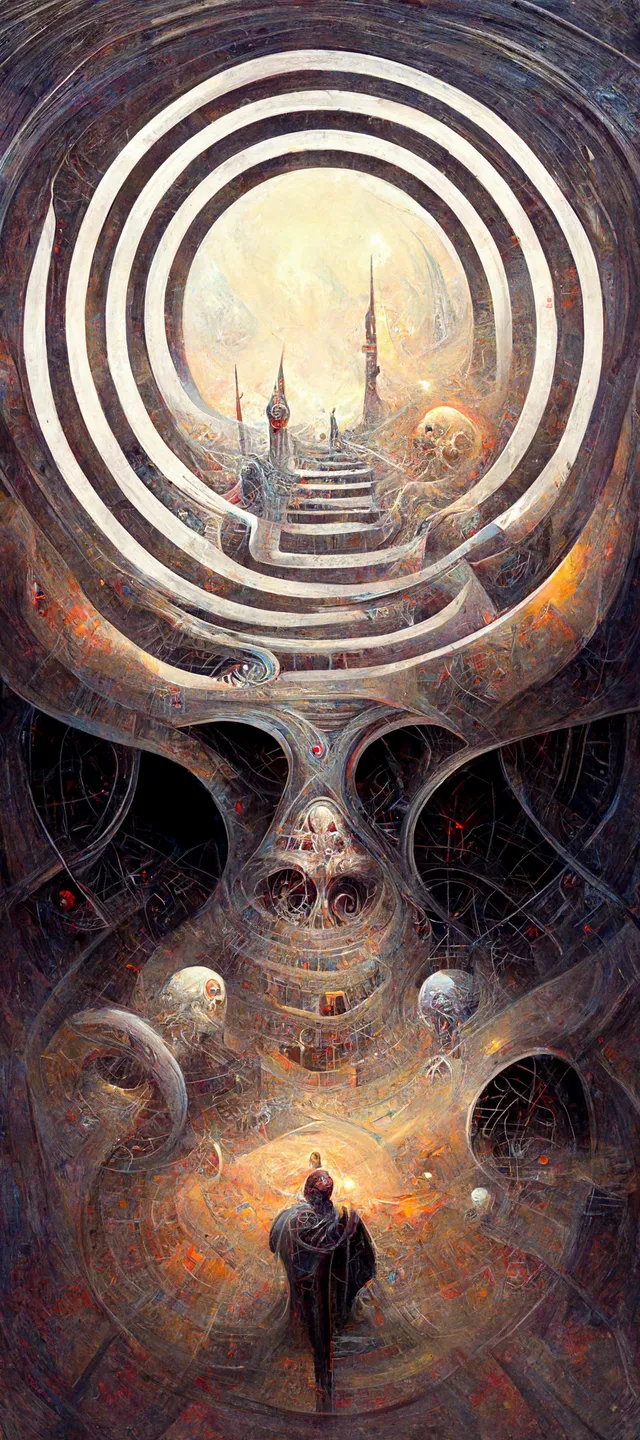
Introduction:
Welcome to the future, where reality is no longer confined to what we see around us. Augmented Reality (AR) and Virtual Reality (VR) technologies have revolutionized the way we experience the world, opening up new possibilities for entertainment, education, communication, and beyond. In this article, we delve into the fascinating realm of AR/VR and explore some of their best use cases that are transforming various industries.
Gaming and Entertainment:
AR/VR has taken the gaming and entertainment industry by storm. With VR headsets, users can immerse themselves in virtual worlds, interacting with characters and environments like never before. From realistic simulations to fantasy adventures, the gaming experience has become more captivating and interactive. AR, on the other hand, blends virtual elements with the real world, creating new opportunities for location-based games and interactive experiences.Education and Training:
AR/VR technologies are reshaping the landscape of education and training. Immersive simulations allow students to explore historical events, visit far-off places, or dissect virtual organisms. This hands-on approach enhances learning retention and engagement. In professional training, VR can simulate realistic scenarios, allowing trainees to practice complex procedures, emergency response, or hazardous environments in a safe and controlled setting.Architecture and Design:
AR/VR has revolutionized architecture and design industries by providing immersive experiences before construction begins. Architects can create virtual walkthroughs of buildings, enabling clients to visualize the end result accurately. Interior designers can place virtual furniture in real spaces, allowing clients to experiment with various designs. This technology saves time, reduces costs, and enhances communication between stakeholders.Healthcare and Medicine:
AR/VR is making significant strides in the healthcare sector. Surgeons can practice complex procedures in virtual environments, improving their skills and minimizing risks. VR is used for pain management, anxiety reduction, and rehabilitation. AR assists in medical training, displaying patient information in real-time during surgeries. These technologies are transforming patient care, medical education, and therapeutic interventions.Tourism and Cultural Heritage:
AR/VR has the potential to revolutionize the way we explore tourist destinations and experience cultural heritage. By overlaying virtual information onto real-world locations, tourists can access historical information, translations, or interactive guides. Museums and heritage sites can offer virtual tours, bringing ancient artifacts and historical events to life. AR/VR can create engaging and educational experiences that deepen our understanding and appreciation of the world's diverse cultures.Marketing and Advertising:
AR/VR have opened up innovative avenues for marketing and advertising. Brands can create interactive and immersive experiences that captivate consumers. AR allows customers to try products virtually, visualize how furniture fits in their homes, or preview cosmetic enhancements. VR experiences enable brands to transport customers to unique locations, engage them in storytelling, and forge emotional connections.
Conclusion:
Augmented Reality and Virtual Reality have unleashed a new era of immersive experiences, blurring the line between reality and imagination. From gaming and entertainment to education, healthcare, architecture, and more, AR/VR technologies are transforming various industries. As these technologies continue to evolve, we can expect even more innovative applications and groundbreaking possibilities. Embrace the immersive world of AR/VR and prepare to witness the extraordinary transformations it brings to our lives.